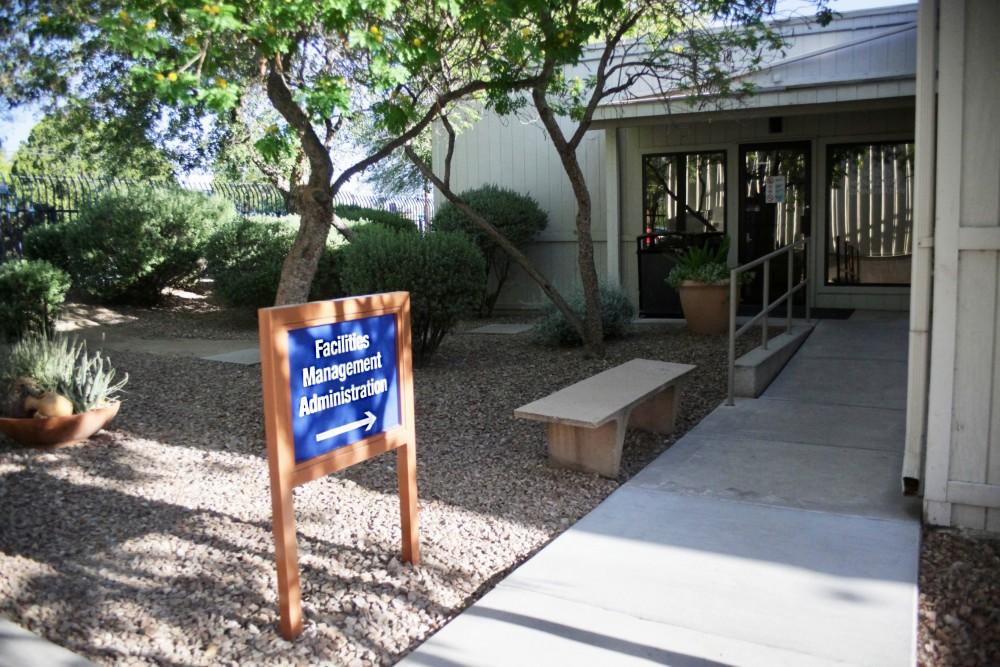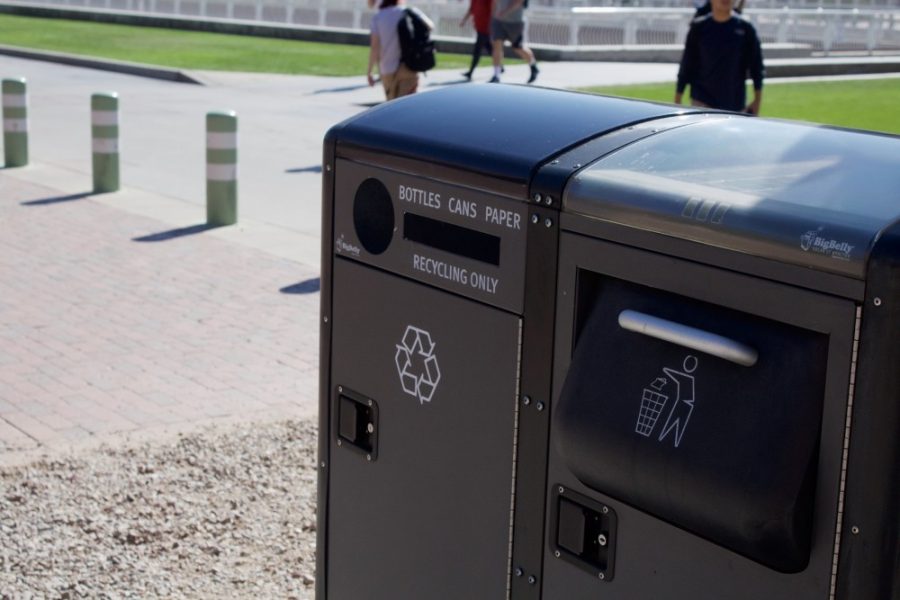The University of Arizona Facilities Management department attempted to impress consulting service APPA: Leadership in Educational Facilities on Monday, April 30, in hopes the UA’s application for the APPA Award for Excellence would be renewed.
Chris Kopach, assistant vice president of UA Facilities Management and current president of the APPA Board of Directors, said it won the award five years ago, and Facilities Management wanted to reapply for it so people know its work is verified and high quality.
“We [want to be] looked at being one of the best of the best,” Kopach said.
RELATED: OPINION: Respect the green vests
APPA networks with colleges and universities to find out what the best practices for facilities management are. According to the APPA website, “The APPA Award for Excellence is designed to recognize and advance excellence in the field of educational facilities.”
The award, established in 1988, is the “highest institutional honor and provides educational institutions the opportunity for national and international recognition for their outstanding achievements in facilities management,” according to the APPA website.
The review process for the award takes a year.
Members from Michigan State University, Penn State and the University of Wisconsin met on Monday morning at UA Facilities Management to review and tour the facilities.
Jill Burris, Facilities Management project manager, wasn’t worried about the review.
“This is more of a validation than anything,” she said. “It’s really easy to write a really nice narrative and then come and see that none of it is at play. We are just validating what is on paper is actually in practice.”
Student outreach invaluable
Facilities Management is highly invested in student engagement on campus, especially in their partnership with Students for Sustainability, according to Kopach.
“We are doing a number of creative ideas with the students,” he said. “We have a very committed student population here to help with recycling and facilities management from my end, and my staff will continue partnering with them.”
Kopach mentioned Greening the Game, an ongoing project through Students for Sustainability, as one of the programs Facilities Management works with the most.
Celeste Colmenares, the project manager of Greening the Game and a junior majoring in sustainable built environments, said commitment to Greening the Game is about 8-9 hours per game.

The initiative is run by about 20 paid employees and is funded by the Green Fund. During basketball and football games, the club collects and sorts through compost, trash and recycling.
“It’s a mutual benefit because it helps the clubs get paid and it helps us do our job,” Colmenares said. “If you see someone at a game and they’re wearing a green vest, then the event is a zero-waste or recycling event. Those students are working hard to lower our impact on the environment through diversion practices, such as composting and recycling.”
Between Students for Sustainability and the Green Team, students were able to pull 1.5 tons of compostable material from events such as athletic games, the Tucson Festival of Books, Spring Fling and Admitted Student Day.
Another event, “Dodge the Dumpster,” is put on by the Office of Sustainability and the Green Team. Burris said the event is a push to collect and resell reusable items, such as mini fridges, microwaves, bedding and anything that is coming out of dorms that could be resold.
“The majority is student-run where it is all collected, sorted, sold and the money goes back to support this program,” Burris said.
Challenges to overcome, goals for the future
With constant challenges, Facilities Management and student-run groups have set goals they would like to meet. Part of meeting those goals involves funding.
“We have a 10-year plan in place,” Kopach said. “We work with senior administration, our financial officer, [the] president of the university and state legislators, and they have allocated $200 million to start addressing those needs.”
However, Colmenares said there is a gap in student education about what is recyclable.
“My biggest concern is that I feel like people don’t know how to recycle or even what bins are used to recycle,” Colmenares said. “Contamination is the biggest issue. People throw food into recycling, and they also throw recyclable stuff in the trash.”
Burris echoed those concerns.
“There’s an old saying: One bad apple can ruin a bunch,” she said. “The same thing can happen with recycling.”
Recently, Burris and Facilities Management received a grant from the Coca-Cola Corporation. One of the things the grant gave the UA was over 200 new, blue “Keep America Beautiful” recycling bins. The bins will be placed in classrooms and hallways within the next few weeks.
RELATED: A handful of sparkles? Not the brightest idea
“It will help with … being able to pair trash and recycling together,” Burris said. “People are more likely to make the right decision to put trash where trash belongs and recycling where recycling belongs.”
The university is also committed to enhancing classrooms and has received $2 million in funding to create a new collaborative learning environment, which includes waste and recycling efforts within the classroom.
According to Kopach, Facilities Management will continue to seek funding and opportunities for students to get involved in green practices on campus.
“We are here for the students and [wish] that their experience is excellent,” Kopach said, whether it is in the classroom, outside or at games.









